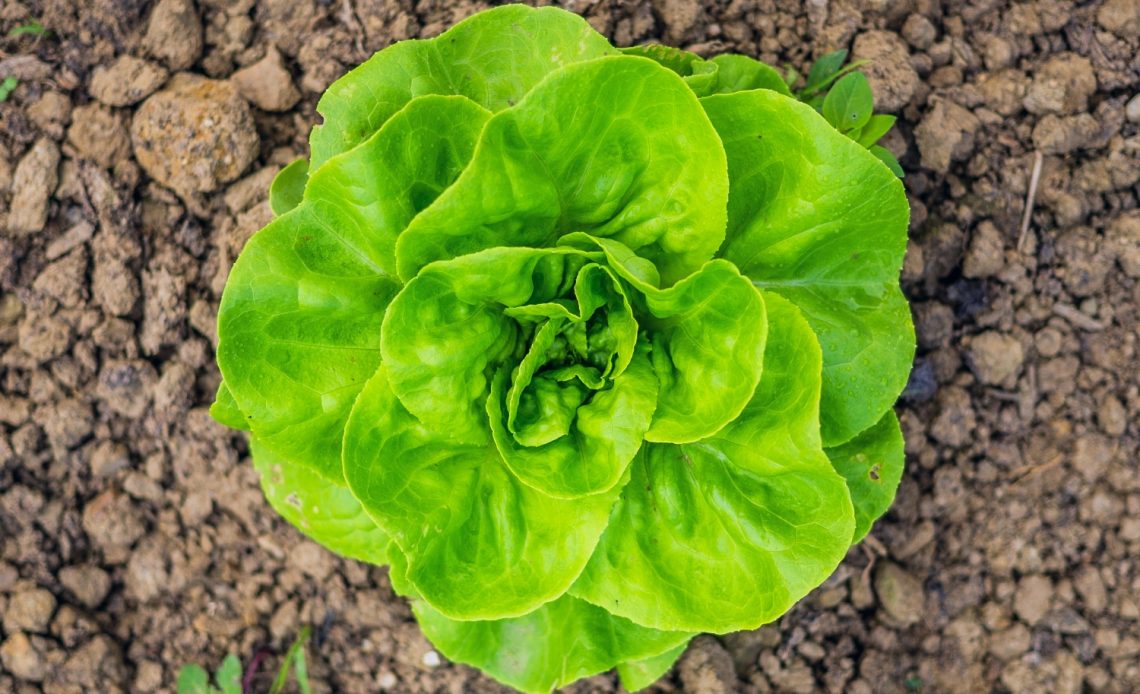

We’re here to help! Wild Yards is a completely free website that is 100% dedicated to helping you create a wildlife-friendly, sustainable yard. Read more
WildYards is reader-supported. When you buy a product through a link on our site, we may earn a comission. Every product is independently selected by our (obsessive) editors and our reviews are unbiased and objective. Read more about our mission or our privacy policy.
Whether you’re planting lettuce to make fresh salads or to dress up your burgers and sandwiches, this is a rewarding crop to grow, and it can be even more rewarding if you plant it near the proper companions.
Companion planting is a practice that has been used for centuries to boost crop yield and ward off damaging insects.
When you sit down to plan your garden for the season, grouping the right plants together can make tending to your garden easier.
If you’re thinking of growing lettuce this year, be sure to keep the best lettuce companion plants nearby to give your crop a good start.
But just what are the best lettuce companion plants?
Lettuce gets along with most plants, including tomatoes, peas, eggplants, cucumbers, and melons. You can also grow lettuce near root veggies, like onion, garlic, parsnips, beets, and radishes.
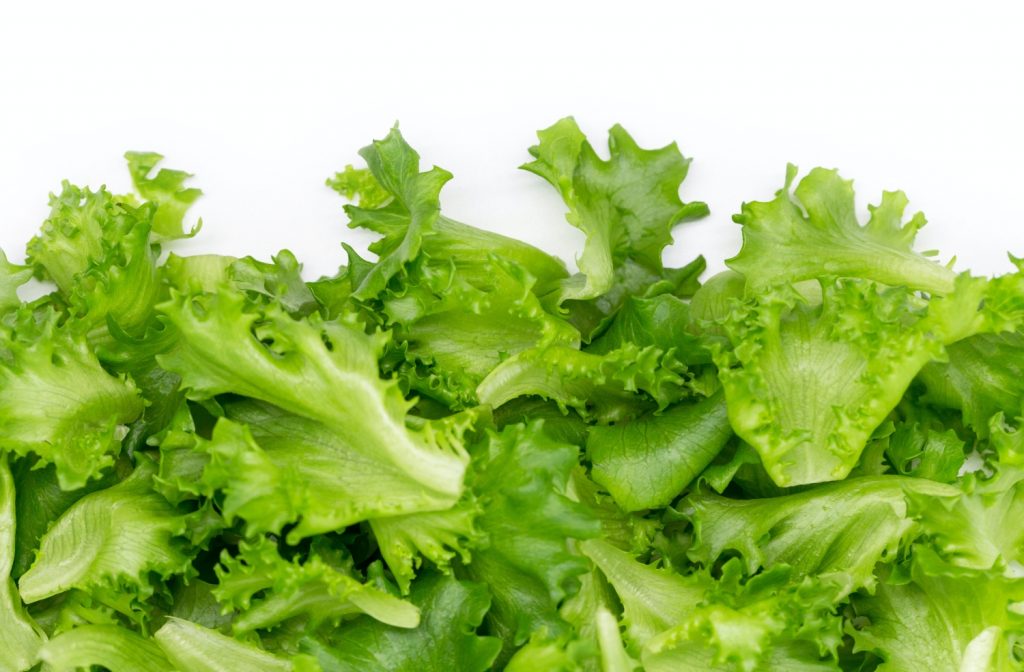
23 Best companion plants for lettuce
Lettuce is an annual that grows best in full to partial sunlight and is hardy from zones 2 through 11.
Because lettuce grows 6” to 12” tall by as many inches wide it should be planted near the appropriate companions to save space and maximize your garden’s efficiency.
Check out these 23 lettuce companion plants that can help you grow the best crop of lettuce that’s ever come out of your garden.
Carrots
Lettuce has relatively shallow roots. Planting carrots nearby allows you to make the most of the space in your garden.
Carrots produce long taproots that allow the plants to access nutrients deep in the soil.
The difference in their root depth means carrots and lettuce never compete for nutrition.
Plus, the fragrance of the carrot’s foliage helps repel garden pests, like aphids and whiteflies, keeping them off your growing lettuce heads.
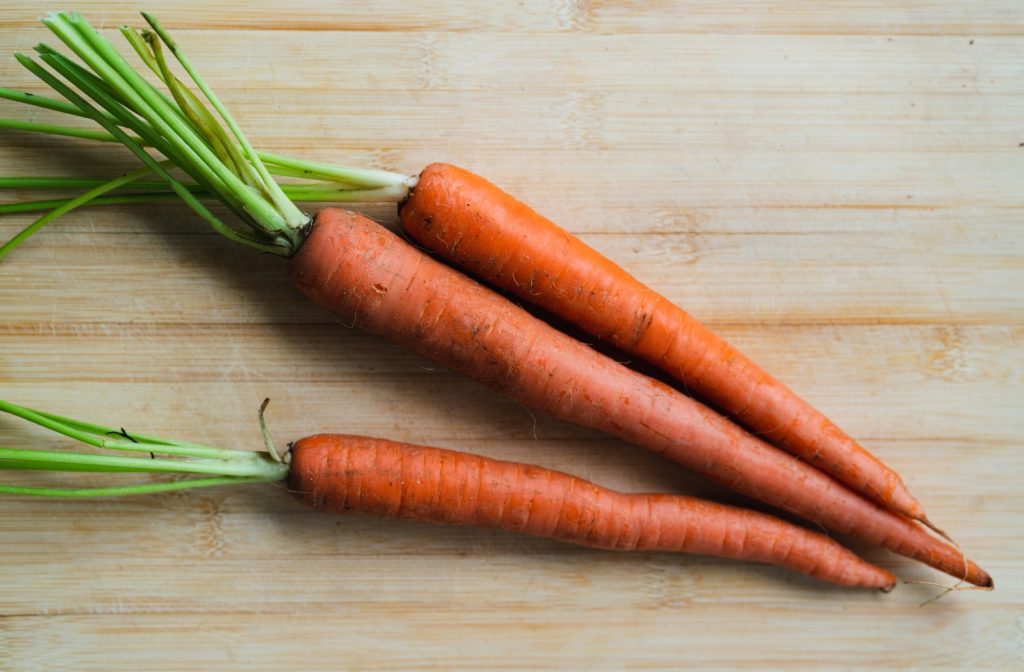
Garlic
Lettuce is the perfect host plant for a variety of caterpillars. If your lettuce crop has succumbed to armyworms and cutworms in the past, consider growing garlic nearby.
Like other alliums, garlic is rich in sulfur.
Garlic’s strong fragrance confuses insects, keeping them out of your lettuce crop. Alternate rows of lettuce with rows of garlic to repel unwanted insects.
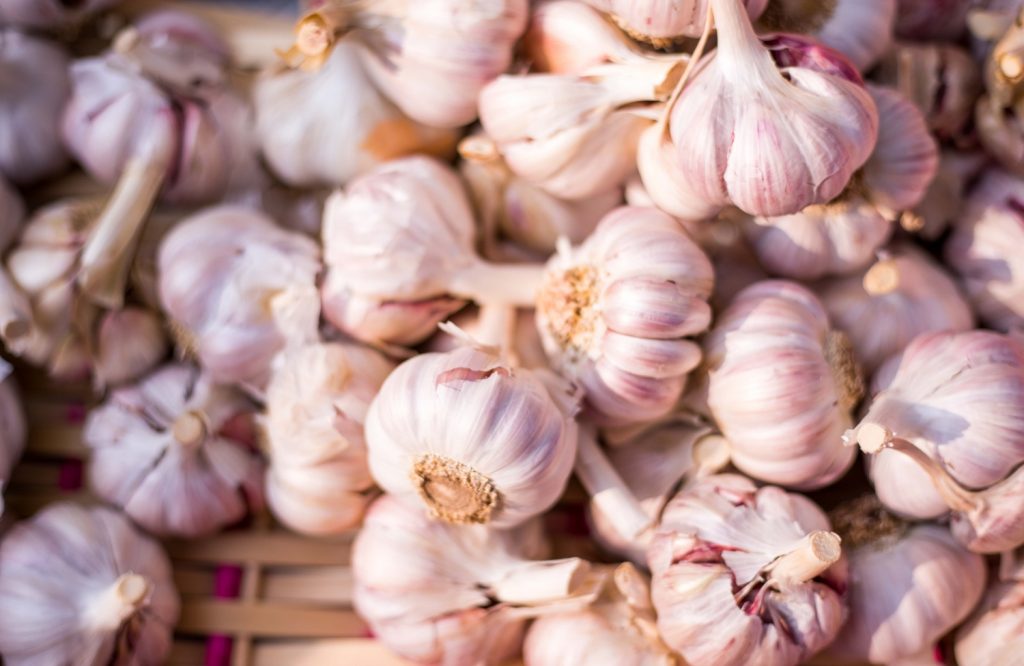
Basil
Basil is another fragrant plant that can help keep bugs off of your lettuce crop.
One reason why basil is a great lettuce companion plant is because both plants share growing requirements and can be fertilized the same way.
Consider applying a layer of organic mulch to help the soil around your basil and lettuce plants retain moisture.
This will protect the roots, keeping the plants moist and cool so they can produce loads of sweet, crisp foliage.
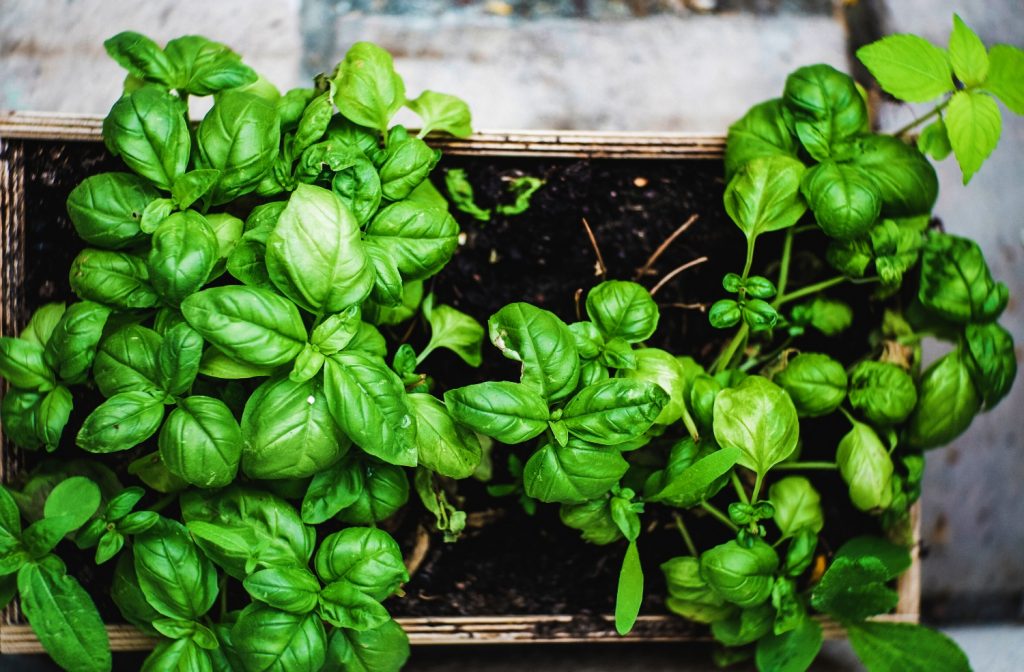
Watermelon
Lettuce matures quickly, especially baby lettuce, but watermelons are somewhat slow-growing by comparison.
By the time your watermelons begin flowering and fruiting, your baby lettuce crop will already be finished.
Planting watermelon seedlings as baby lettuce companion plants allows you to make the most of your garden’s space.
You can also train your watermelons to grow up a trellis to provide your lettuce plants with some extra protection.
As summer arrives and the mercury rises, your lettuce crop may bolt. But keeping the plants cool prevents lettuce from flowering and going to seed.
Use watermelons to create shelter for your lettuce plants so they continue to produce foliage, even as the weather warms up.
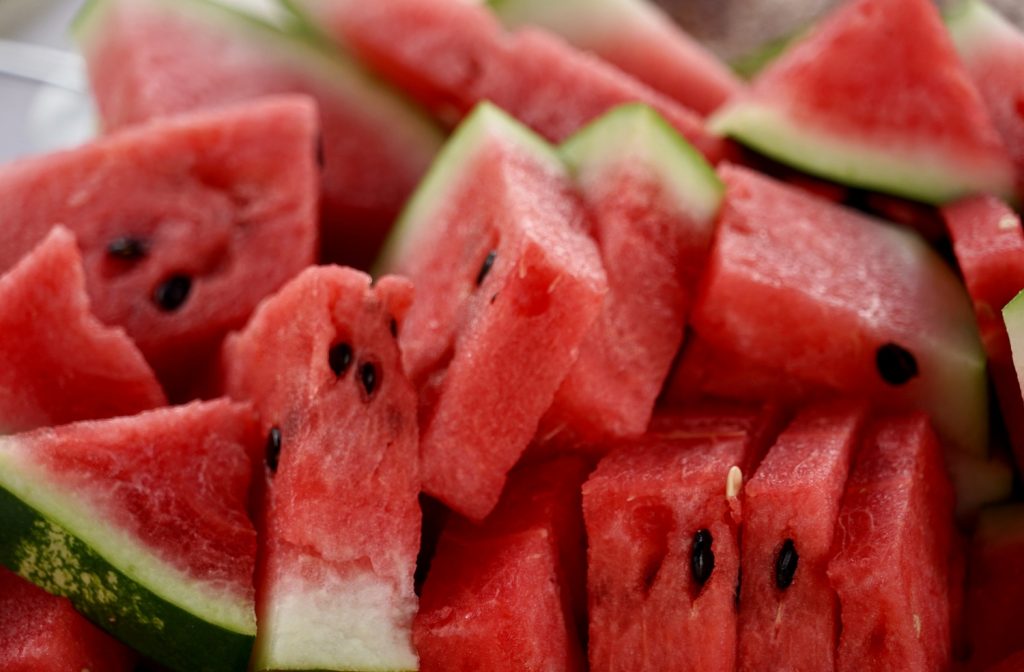
Parsnips
If you’re not crazy about carrots, then why not plant parsnips as a companion plant for your lettuce, instead?
Parsnips look like white carrots. Plants produce long taproots that enable them to gather vitamins and minerals from deep in the soil.
Parsnips won’t rob your lettuce crop of nutrients. So both plants can share the same space without competing with each other.
Beets
Beets are another great root veggie that can be planted next to lettuce.
Beets have deep roots that don’t compete with lettuce for nutrition, water, or space.
If you have a small garden or are planting in raised garden beds, keeping your beet crop near your lettuce crop is an easy way to save on space.
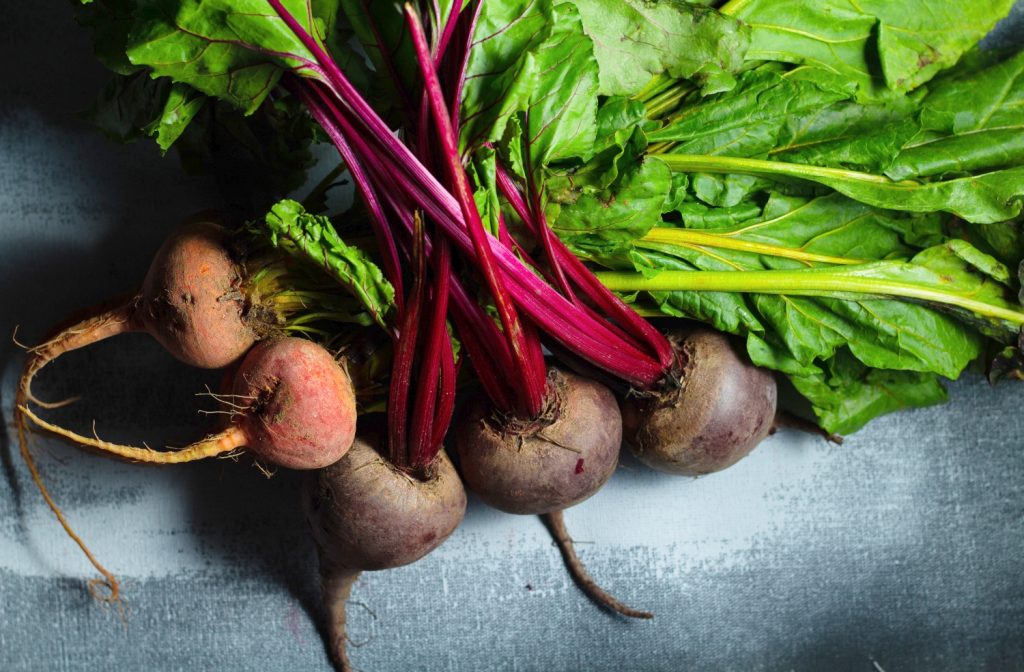
Cilantro
Perfect for making fresh salsa, cilantro is an easy-growing herb that has a strong smell.
In fact, cilantro is so strong-smelling that some people can’t even bear to eat it. It’s a pretty divisive plant!
But if you like the taste of cilantro, it’s worth growing it as a lettuce companion plant.
Cilantro’s fragrant foliage repels hungry insects like aphids, mites, whiteflies, and more, keeping them off of your lettuce heads and out of your garden.
Lettuce and cilantro share growing requirements. Growing these two plants in the same space makes caring for both of them much easier.
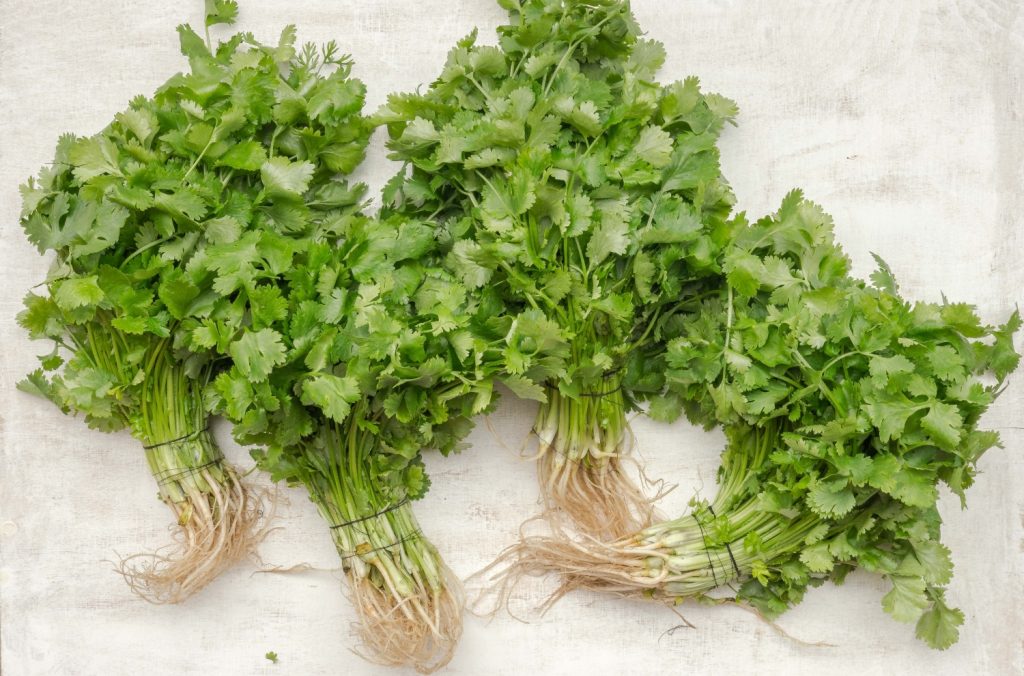
Tomatoes
Tomatoes are a staple for most gardens, and with hundreds of varieties to choose from, there’s something for everyone.
Lettuce and tomato plants get along great.
Not only do these plants share growing requirements, but the tomato plants help shelter lettuce plants, protecting them from the elements as they grow.
Although lettuce grows best in full sun, it also prefers cool weather.
Growing tomatoes near your lettuce offers them some shade. Giving your lettuce crop a break from the sun’s scorching rays enables the plants to grow faster, and to produce crisper, sweeter-tasting foliage.
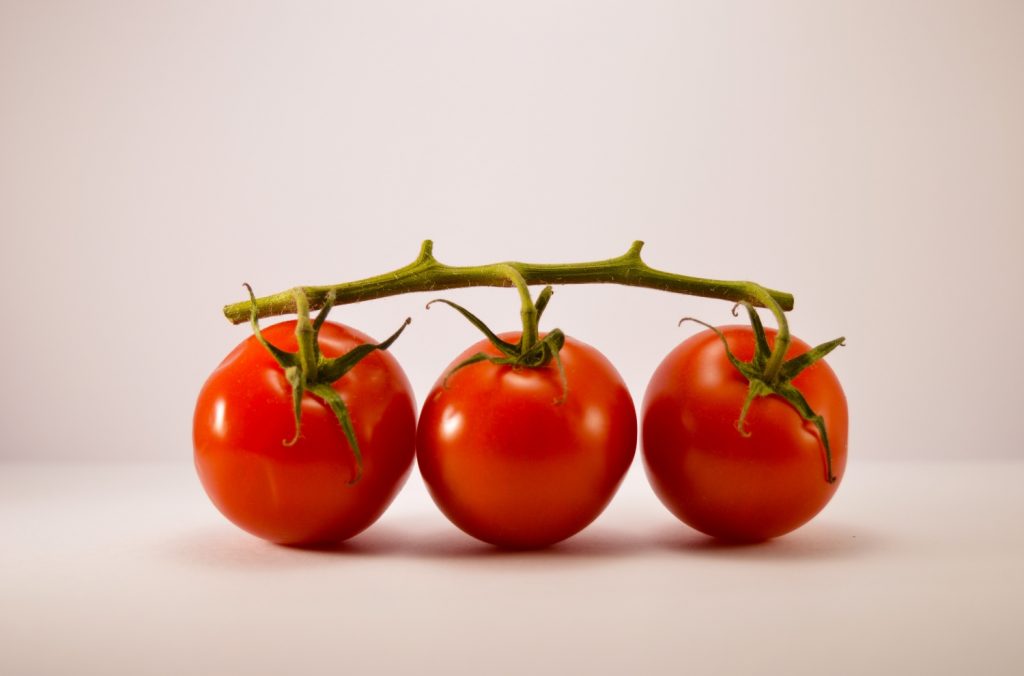
Radishes
Lettuce grows fast, but radishes grow even faster. You can harvest your radish crop in as little as 30 days after sowing the seeds.
Growing radishes as a lettuce companion plant is a great choice. By the time your lettuce heads begin to fill out, they’ll have all the room they need to do so because your radishes will already be done.
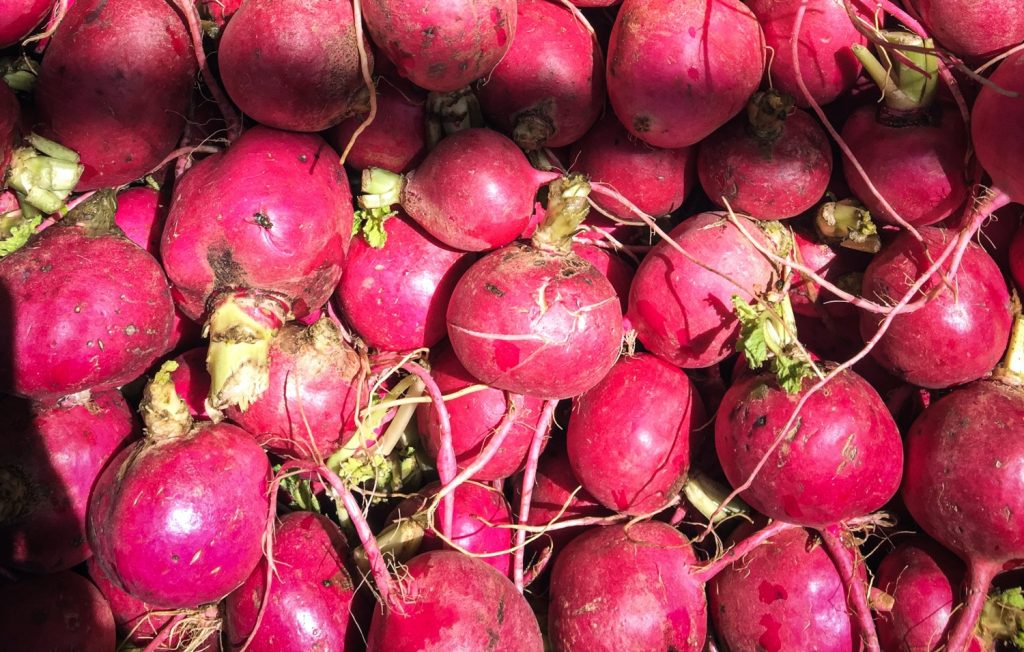
Onions
If you’re less concerned with saving space in your garden and more concerned with repelling unwanted insects, then try growing onions as a companion for your lettuce crop.
Another allium, onions are super smelly. And the aphids, mites, and other pests that would like to snack on your lettuce crop won’t be so eager to do so if you’ve got some onions growing nearby.
Alternate rows of lettuce between rows of onions to keep unwanted insects at bay.
Onions can also repel birds, rabbits, and other hungry foragers, so they don’t get a chance to eat your lettuce crop before you do.
Cantaloupes
Watermelons are a great companion for baby lettuce, but cantaloupes work just as well.
Although it may seem like a bad idea to grow baby lettuce near vining fruits, like melons, it actually works pretty well.
Baby lettuce matures rapidly, so you can keep harvesting while your cantaloupes get a good start.
By the time your cantaloupes begin flowering, your baby lettuce should begin winding down for the season.
So when your cantaloupes need more room to grow, your baby lettuce crop will be finished anyway.
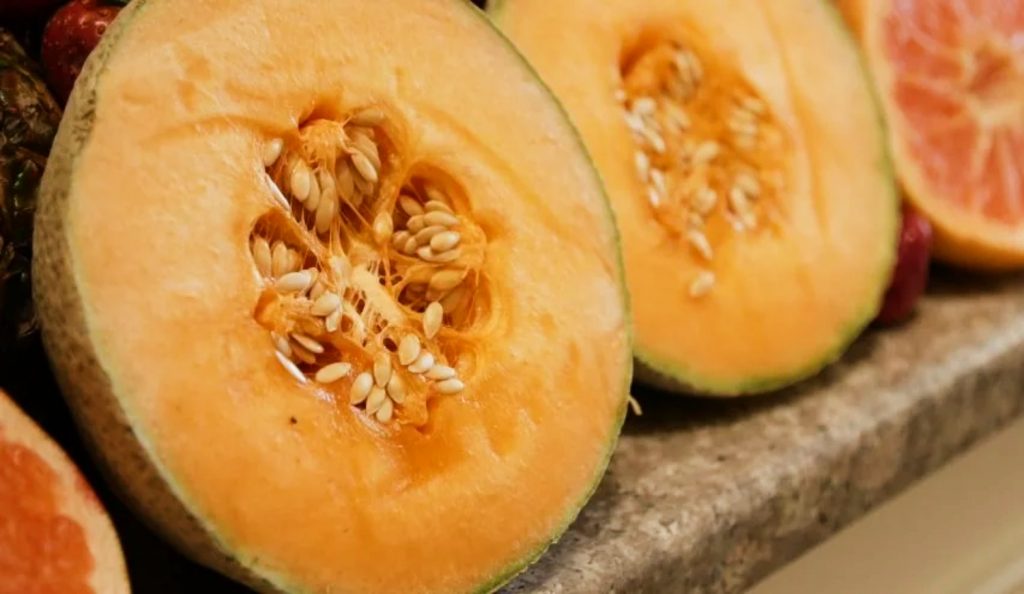
Marigolds
We can’t recommend marigolds enough, not just as a companion for lettuce, but as a guardian for your garden.
Marigolds have a unique fragrance, one that repels pesky insects, like aphids and mites, while also attracting beneficial ones, like bees and butterflies.
Growing marigolds as a border around your garden keep unwanted garden pests out. It also attracts pollinators, which can help boost crop yield.
On top of this, marigolds attract predatory insects, such as wasps, ladybugs, and lacewings. These bugs prey on other bugs, so marigolds can help you control pest levels naturally.
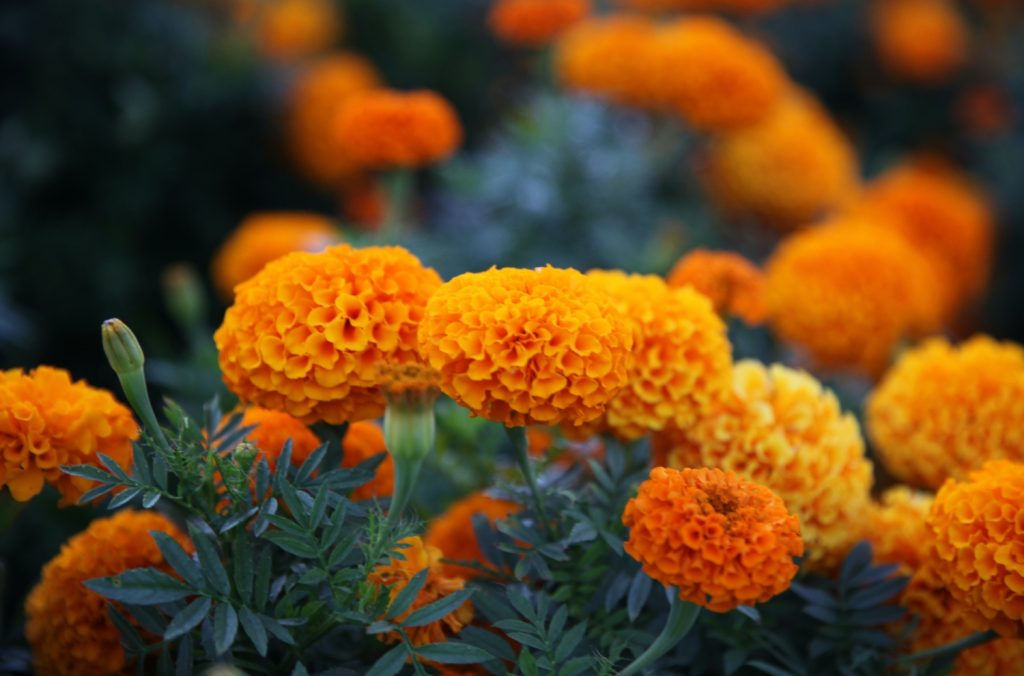
Turnips
Large root vegetables that can be used much like potatoes, turnips are pretty easy to grow. They make a great companion for lettuce, too, because they don’t need much space.
The turnip’s deep root system gathers all of the nutrients the plant needs without competing with neighboring lettuce plants.
Bugs also hate the smell of turnip foliage.
Grow turnips as a border for your lettuce crops to ward off aphids, flea beetles, and other annoying bugs.
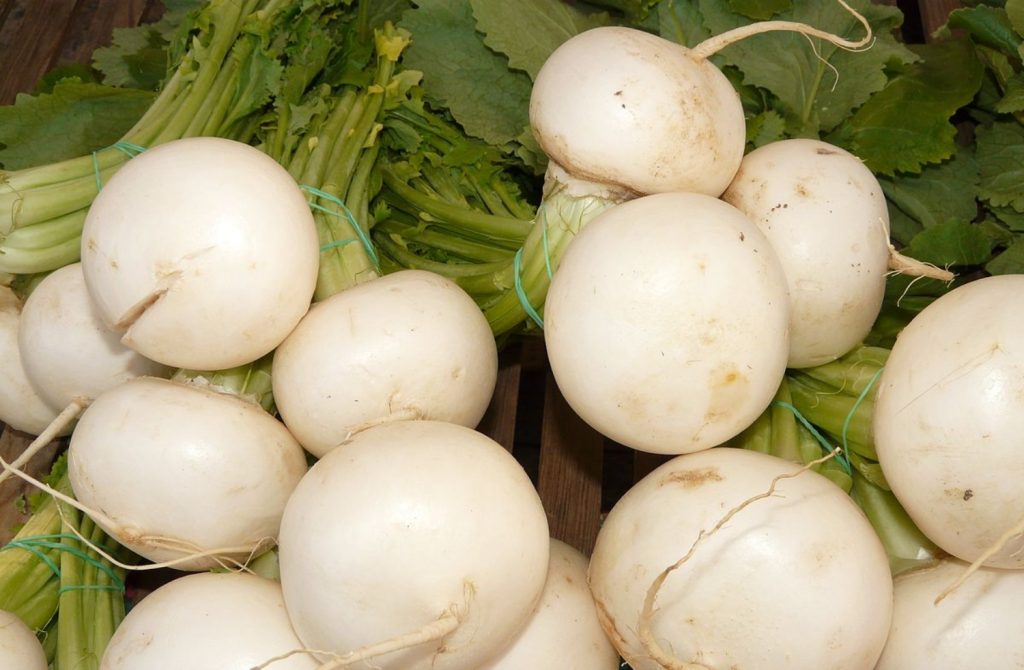
Eggplant
A member of the nightshade family of vegetables, eggplants are related to tomatoes, potatoes, and peppers.
Eggplants get along great with lettuce because, like tomato plants, they provide lettuce with some extra shade.
Since eggplants shelter lettuce from the elements, eggplants help lettuce grow faster and produce better-tasting foliage.
And, since eggplants produce deep root systems, they never pose a threat to neighboring lettuce.
Peas
One of the best ways to grow peas as a companion for lettuce is to situate them on the sunniest side of your garden and train them to grow up a trellis.
This way, you can plant your lettuce crop in front of the peas, and they will provide the lettuce with some much-needed shade as the temperatures warm up throughout the growing season.
Your lettuce will also benefit from the added dose of nitrogen that peas bring to the soil.
See, peas are nitrogen fixers. They pull nitrogen from the atmosphere and put it back into the soil, where surrounding plants can make the most of it.
Because nitrogen is the most essential nutrient for foliage development, planting leafy greens like lettuce next to nitrogen fixers like peas is a no-brainer!
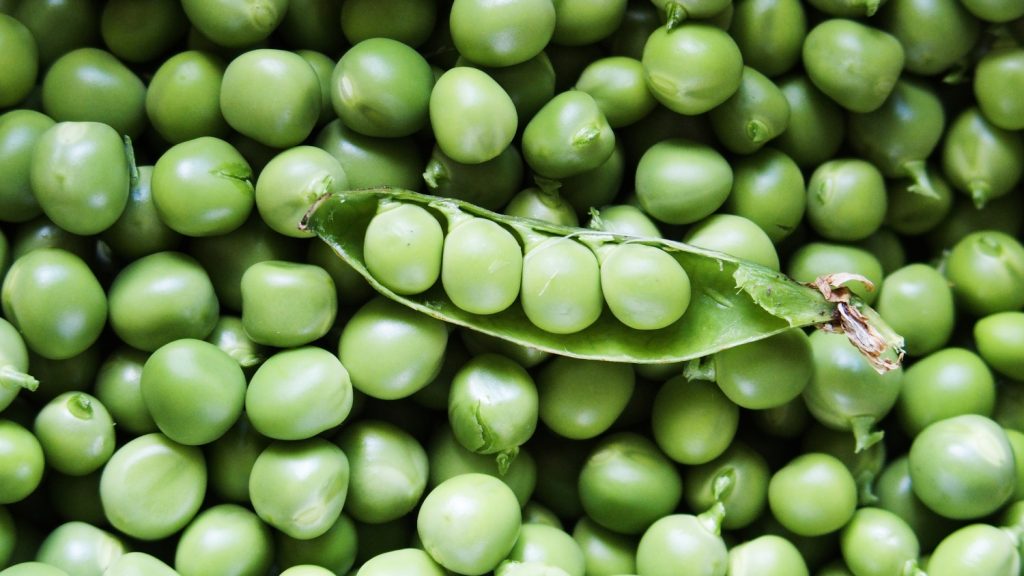
Chamomile
Some plants are allelopathic, meaning they release chemicals into the surrounding soil that are designed to kill neighboring plants.
In this way, allelopathic plants secure their own futures, ensuring there are plenty of nutrients and other resources available to them as they grow.
But chamomile is the opposite of allelopathic.
This delicious herb produces chemicals that actually enhance the growth of surrounding plants, and this can do your lettuce crop a world of good.
Chamomile is said to improve the growth and flavor of lettuce.
The delicate, daisy-like flowers also attract beneficial pollinators and predatory bugs, like wasps and lacewings, which prey on garden pests, preventing your cabbage crop from being eaten.
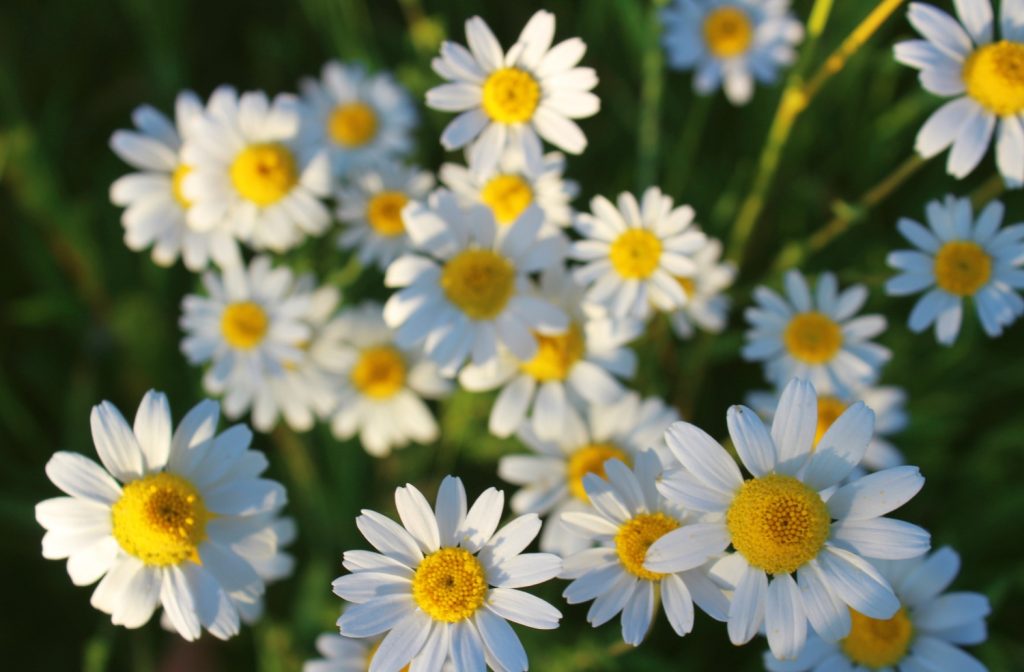
Spinach
Growing spinach next to lettuce makes caring for both plants easier.
Spinach and lettuce share the same growing requirements. They also both benefit from high-nitrogen fertilizers, like blood meal, so they can be fed at the same time and with the same plant food.
Both of these plants grow to be about the same size. Planted 16” to 18” apart, spinach and lettuce fill in nicely, protecting each other from the elements.
Plant your spinach next to your lettuce crop to make managing both plants easier.
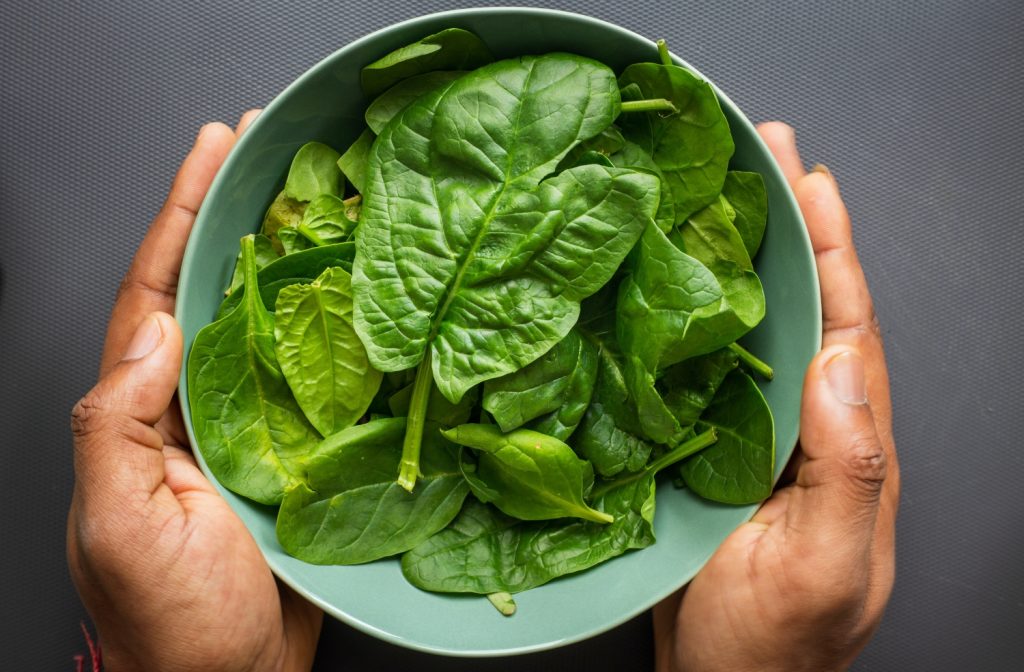
Strawberries
Lettuce, spinach, and strawberries are often grown as companions because they can all be harvested at around the same time.
All three of these plants share similar care and fertilizing requirements — although strawberries require an extra dose of phosphorus-rich fertilizer to help them flower and fruit.
But aside from that, strawberries are an excellent companion for both spinach and lettuce.
Strawberry plants provide surrounding lettuce plants with protection from the wind and sunlight.
And, when the plants flower, they can help attract bees and other helpful pollinators to the other plants in your garden.
Cucumbers
If you hate peas, you can train cucumbers to grow up a trellis to protect your lettuce crop, instead.
Cucumbers thrive in full sunlight, even in warmer climates.
Grow your cucumber crop on the sunniest side of your garden, and sow your lettuce seeds directly in front of them.
As the cucumbers vine out, they’ll provide your growing lettuce heads with some shade, so they don’t get scorched by the sun during the hottest part of the day.
Consider spreading a layer of cedar mulch around your cucumbers and lettuce to help the soil stay even cooler.
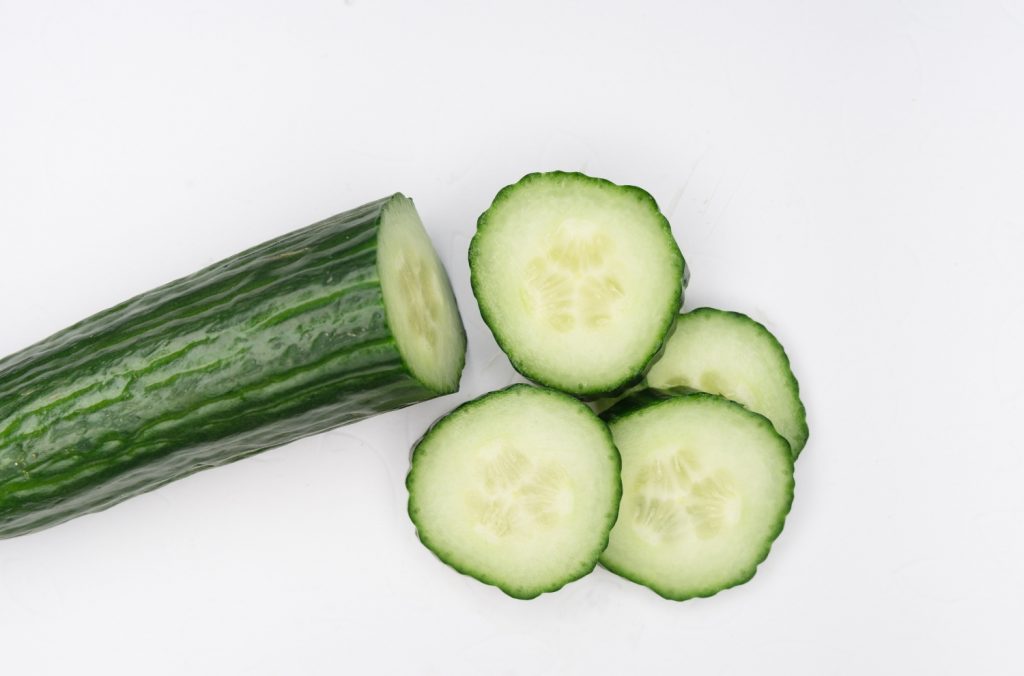
Asparagus
After the harvest, asparagus keeps growing, producing extensive root systems and tall stalks with lace-like fronds.
The asparagus plant’s delicate foliage provides lettuce and other leafy green veggies with some extra protection from the sun’s rays.
Growing asparagus as a companion for lettuce prevents the lettuce from burning and allows the plants to keep growing healthily.
Meanwhile, lettuce acts as a living mulch, allowing asparagus to continue developing its roots so it can get a good start during the next growing season.
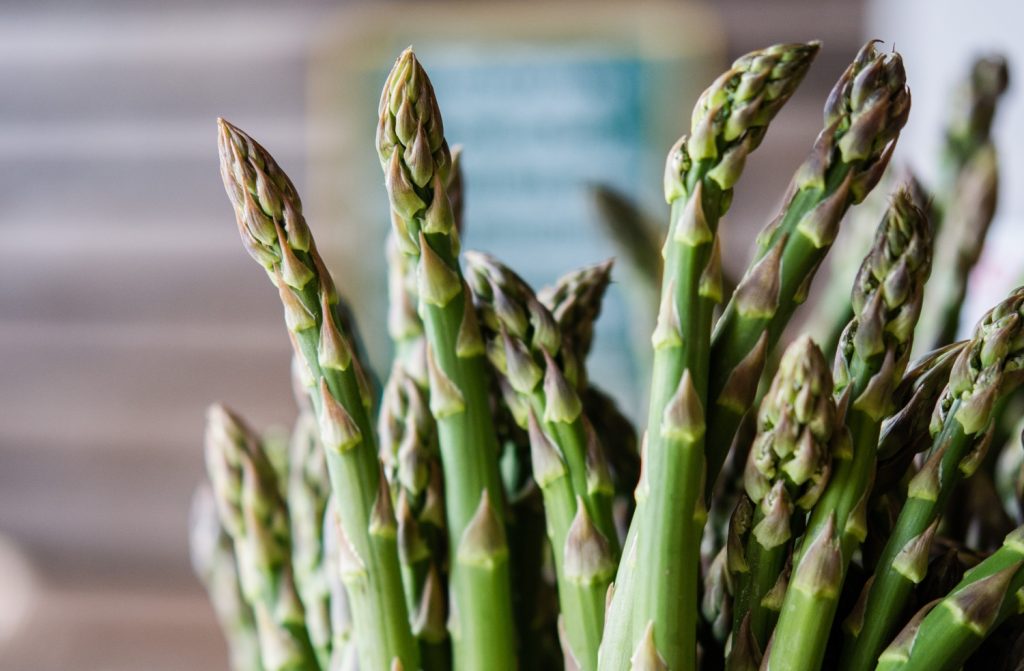
Corn
Lettuce and corn enjoy a mutually beneficial relationship.
Corn provides lettuce with protection from the sun and the wind, which enables the lettuce to grow plenty of delicious-tasting foliage.
Meanwhile, lettuce packs together tight, creating a thick carpet of foliage and protecting your corn crop’s roots from excessive moisture loss.
Obviously, an organic mulch can help these two plants retain moisture, too. And this is a great idea if your growing zone typically goes through a drought during the summertime.
But in mild climates that usually receive regular rainfall throughout the warmer months, lettuce acts as a sufficient living mulch for corn.
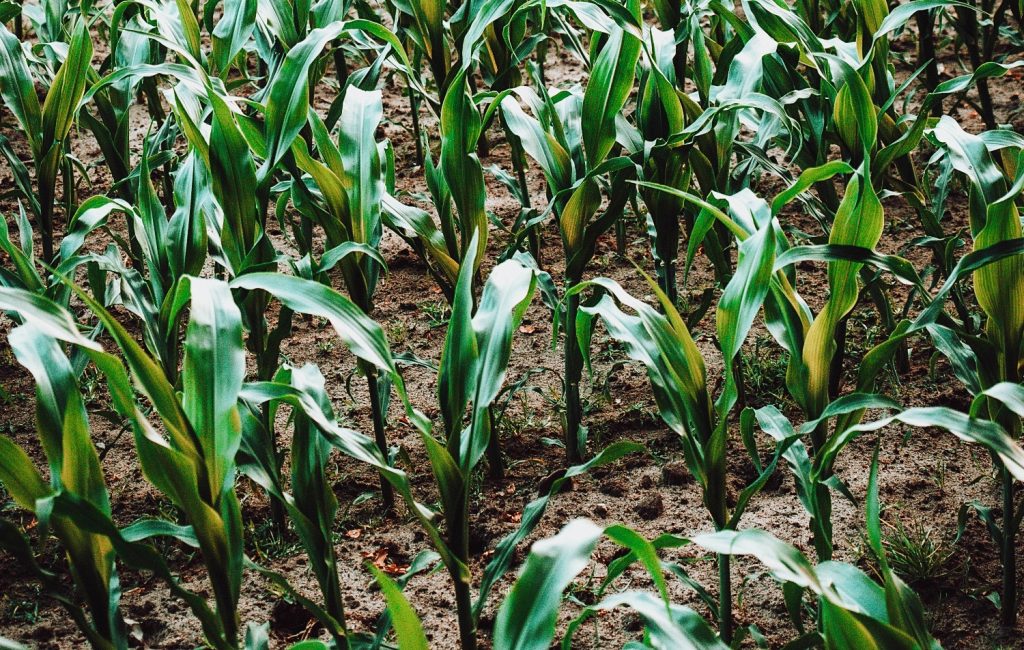
Nasturtiums
Like marigolds, nasturtiums can be grown as a border for your garden to attract beneficial pollinators, like bees and butterflies.
Pollinators are drawn to the bright yellow, orange, and red nasturtium flowers, which can also be harvested to enjoy in fresh salads.
The interesting thing about nasturtiums is that they actually attract aphids.
But why would you want to draw more pests to your garden? That doesn’t make much sense. Or, does it?
Giving garden pests something to eat keeps them off of your valuable crops.
Growing nasturtiums as a trap crop allows you to keep aphids, mites, and other harmful bugs away from your lettuce crop, so you have plenty of crisp leafy greens to harvest for yourself and your family.
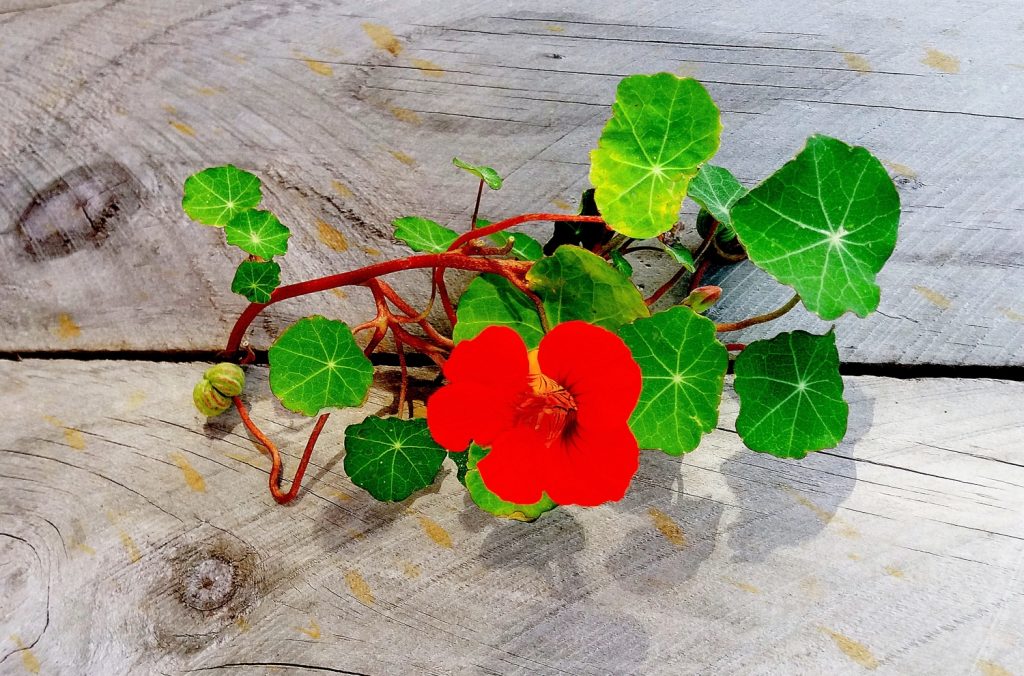
Squash
Squash isn’t necessarily an appropriate companion plant for lettuce, but it does work well next to baby lettuce.
As squash matures, it can compete with lettuce for space. Squash plants produce large leaves that smother surrounding plants easily.
But baby lettuce matures quickly, which means it can be planted next to many different varieties of squash.
By the time your squash needs the extra space, your baby lettuce has already gone from start to finish.
Using squash as a lettuce companion plant is a great way to save on space.
8 Worst companion plants for lettuce
As you can see, lettuce gets along with many different plants.
But it’s not the best companion for all plants. Some garden veggies can slow your lettuce crop’s growth and hinder foliage production.
Here are 8 plants you definitely should not grow as lettuce companion plants.
Cabbage
Lettuce and spinach get along great, but lettuce doesn’t grow well with every leafy green. Cabbage, for instance, makes a terrible neighbor for lettuce.
Cabbage has high nutrient needs. Planting cabbage close to your lettuce crop robs the latter of valuable nutrition.
Growing cabbage as a companion for lettuce can severely hinder lettuce production. It may also attract cutworms, armyworms, and cabbage worms that may prey on your lettuce crop.
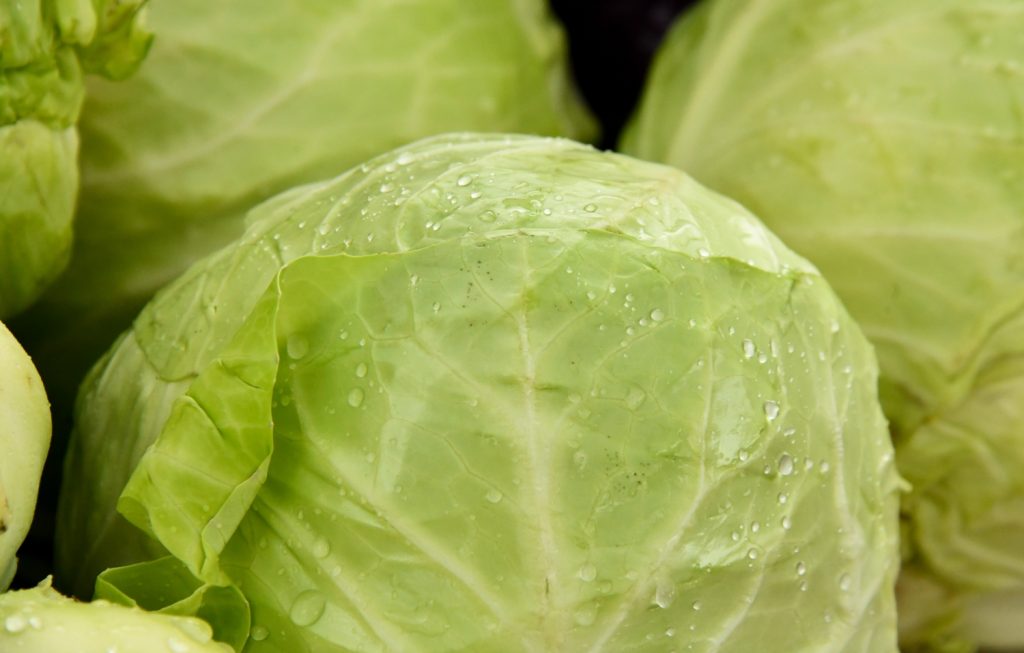
Brussels sprouts
Another heavy feeder, Brussels sprouts are cruciferous veggies that don’t work well as a lettuce companion plant.
Brussels sprouts need loads of nutrients to grow well.
Even if you amend your soil with organic materials, like compost and manure, before planting, Brussels sprouts can still out-compete your lettuce crop.
So be sure to keep your Brussels sprouts on the opposite side of your garden.
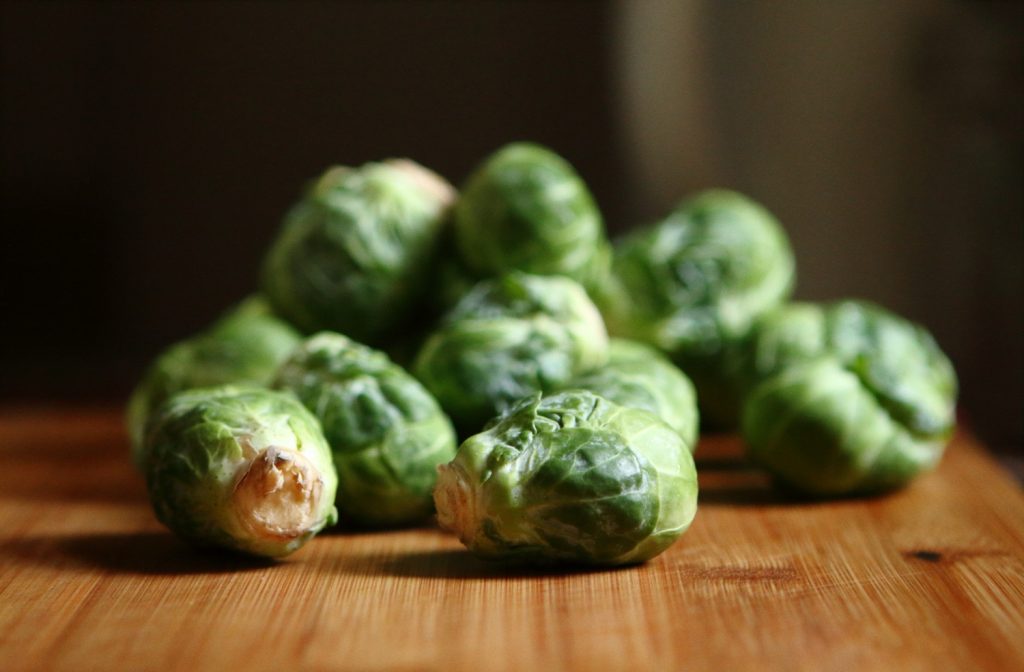
Fennel
Earlier we touched on allelopathic plants. Fennel is one of them.
This herb doesn’t get along well with most plants because it’s allelopathic. Fennel releases compounds that other plants find toxic.
Because fennel doesn’t play well with others, it’s best to keep it in a pot, or, at the very least, far away from your lettuce plants.
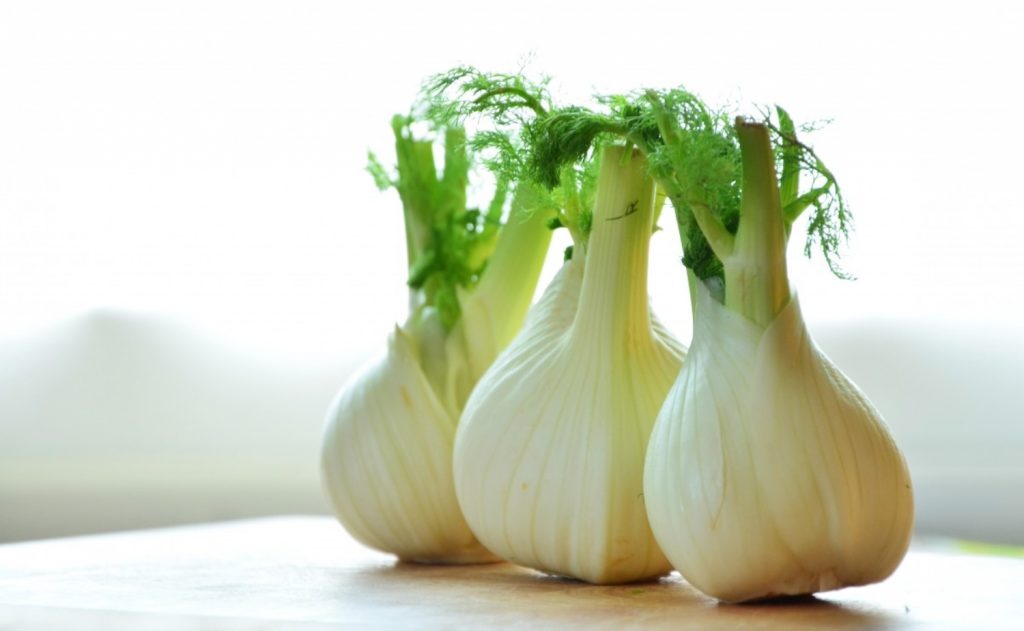
Kale
By now, you’re probably beginning to notice that cruciferous vegetables aren’t great companions for lettuce. Well, that’s true.
Cruciferous veggies, including kale, tend to compete with lettuce for the same types of nutrients.
This is especially true for kale, which, as a leafy green, requires more nitrogen.
Growing kale close to lettuce will have both plants competing for the same sources of nitrogen. Kale is usually stronger than lettuce, so it usually wins.
To keep both your kale crop and your lettuce crop happy, be sure to plant these leafy greens on different sides of your garden.
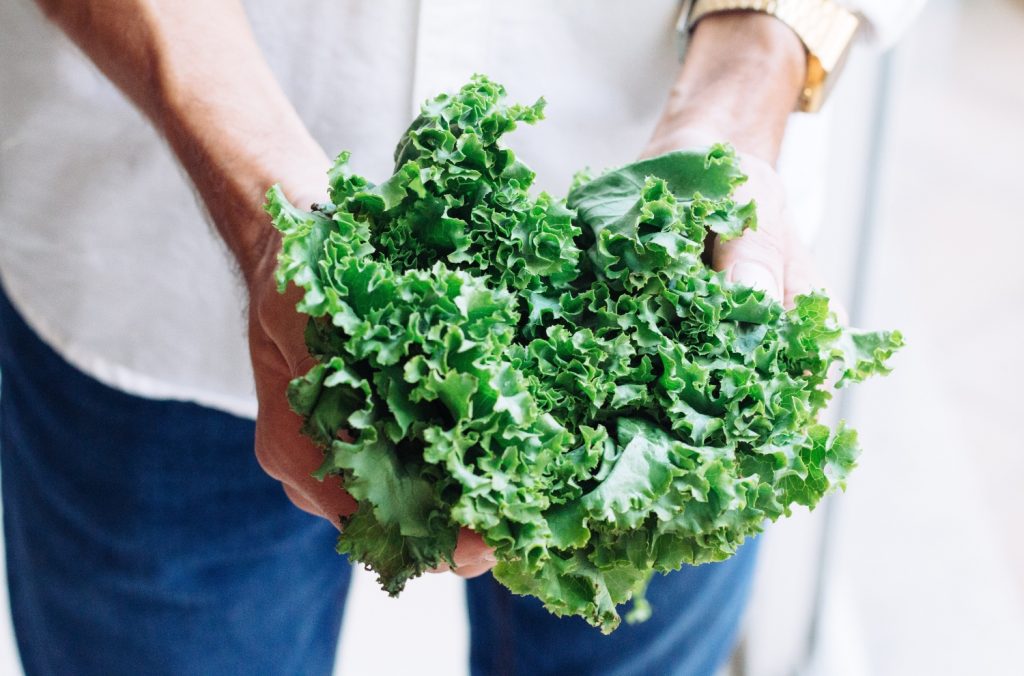
Celery
Celery may attract pests to your garden. And those pests would be all too happy to prey on the lettuce crop that you’ve worked so hard to grow.
For this reason, it’s best to keep your celery near other plants.
Try growing your celery crop next to garlic, peas, and cucumbers, instead.
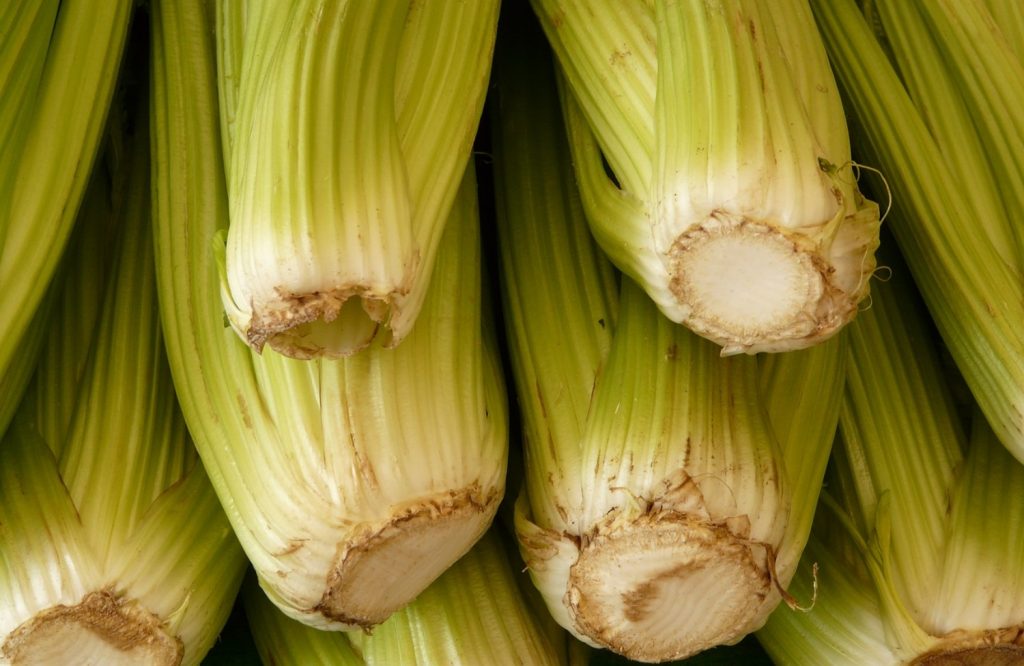
Broccoli
Broccoli is another cruciferous vegetable that won’t do your lettuce any favors.
Broccoli is a heavy feeder, pulling essential vitamins and minerals from the soil to form their flower heads.
For best results, grow your broccoli next to shallots, rosemary, or celery.
Keep broccoli and other members of the Brassica family away from your lettuce crop.
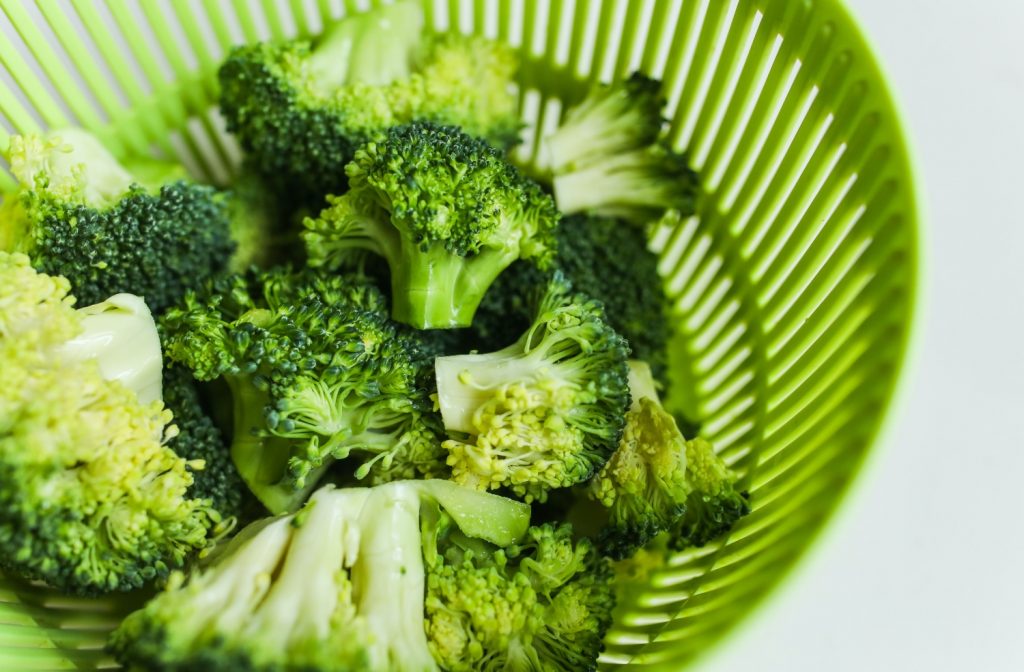
Cauliflower
Cauliflower doesn’t belong next to lettuce, either.
In addition to depleting the soil of valuable nutrients, cauliflower may attract armyworms, cutworms, and cabbage loopers to your lettuce crop.
Plant your cauliflower heads on the opposite side of your garden.
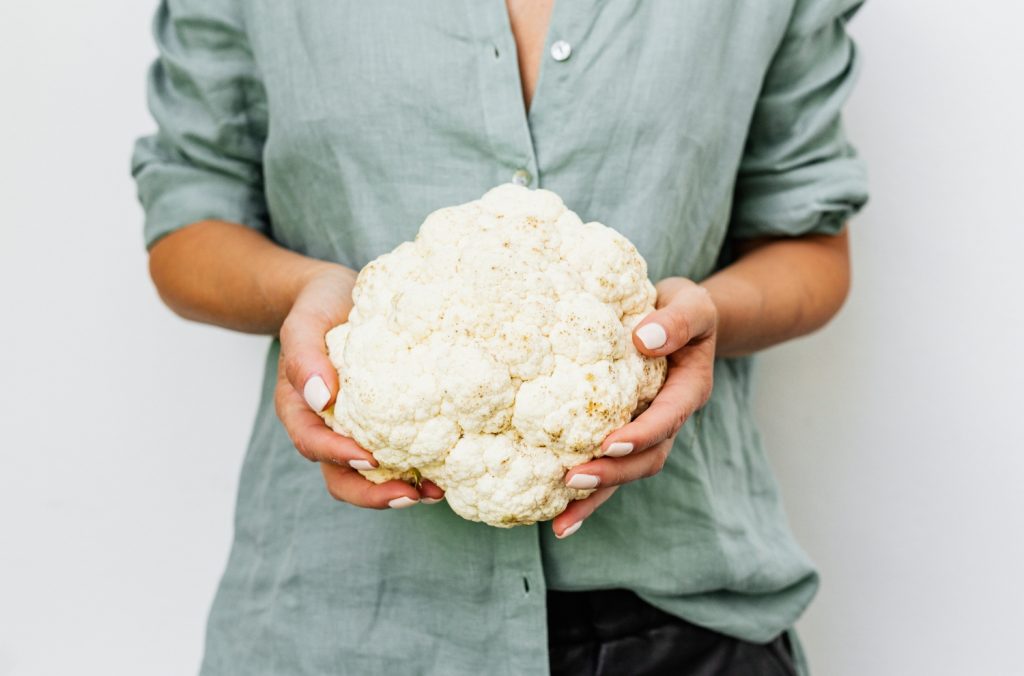
Mustard greens
Many of the insects that like to feed on mustard greens will happily feed on lettuce, too, if they’re given the chance.
Furthermore, mustard greens outcompete lettuce, and because they can grow twice the size of lettuce, they can quickly snuff out your lettuce crop.
Be sure to keep these leafy greens on different sides of your garden to ensure they both grow as well as possible.
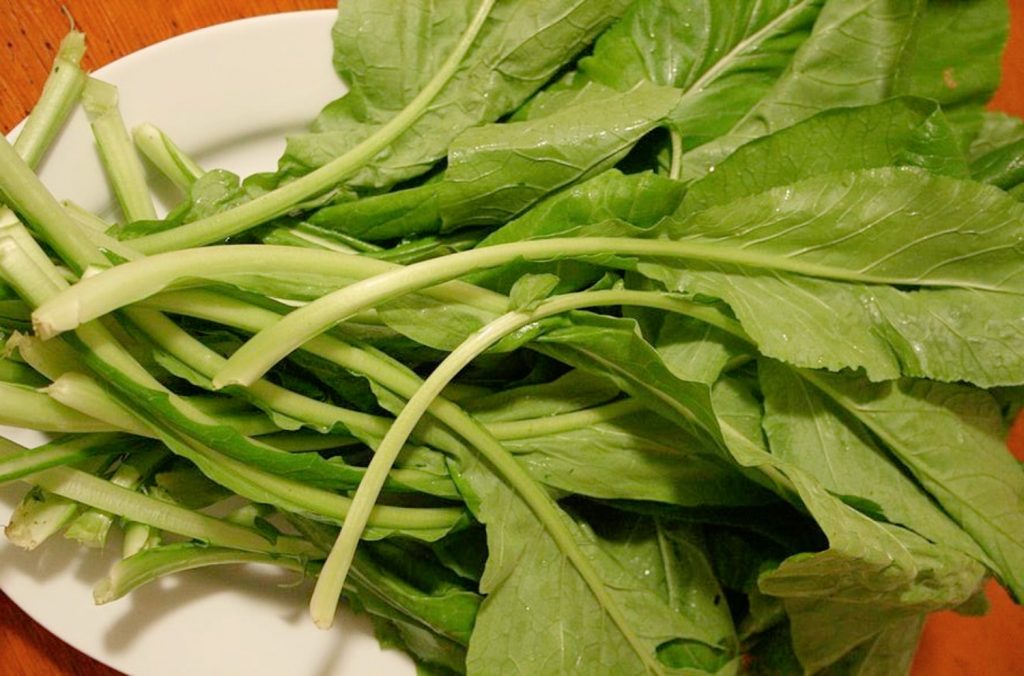
Tips for growing delicious lettuce
The key to growing lettuce successfully is choosing the right variety for your garden.
Lettuce is a cool-weather crop. Most lettuce varieties prefer mild climates, where they grow easily.
However, some lettuce varieties can withstand warm weather. Butterhead, Summer Bib, and White Boston are excellent choices for southern gardens.
Be sure to plant your lettuce crop in loose, loamy, fertile soil that has been enriched with decaying organic materials.
Add compost, manure, bat guano, worm castings, and fish emulsion to your garden’s soil before planting to ensure your lettuce crop has plenty of nutrients to grow well.
Feed your lettuce crop a nitrogen-rich fertilizer every 3 to 4 weeks to promote healthy growth. Water your lettuce well, and avoid letting the soil dry out completely.
Harvest lettuce often, choosing leaves that measure 4” to 6”. Leave 1” to 2” of stem at the base of the plant so it can keep growing.
Lastly, apply a homemade insecticide at the first sign of an infestation to keep damaging insects off of your lettuce crop.
With proper care and the right lettuce companion plants, you can grow crisp, delicious lettuce right in your own backyard!
